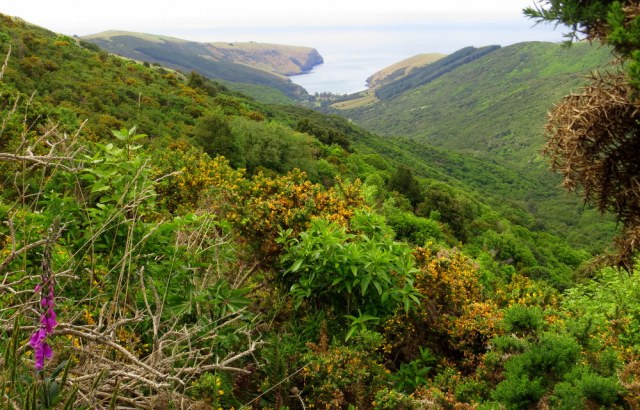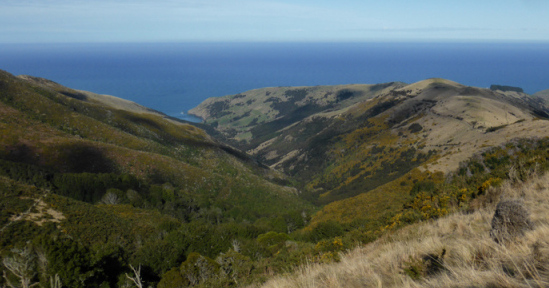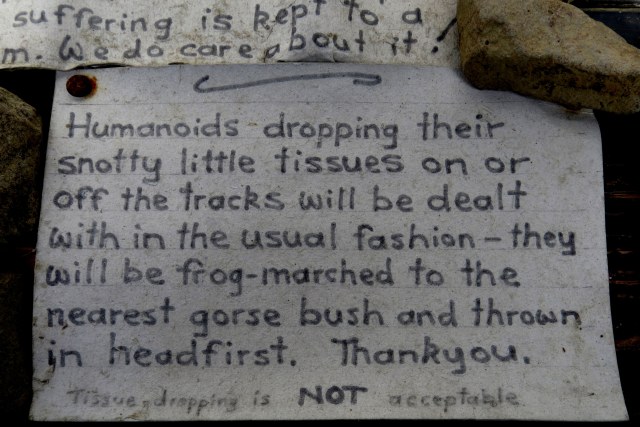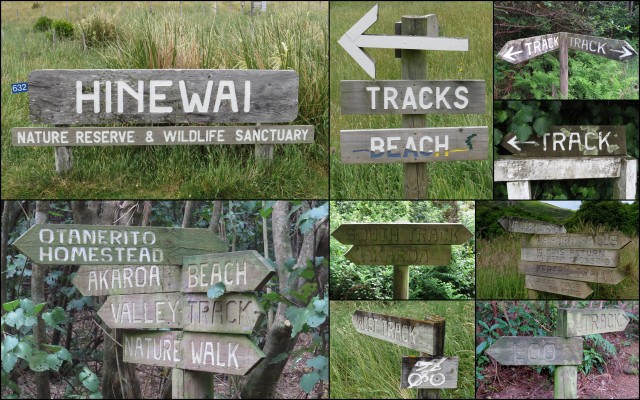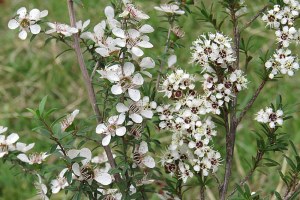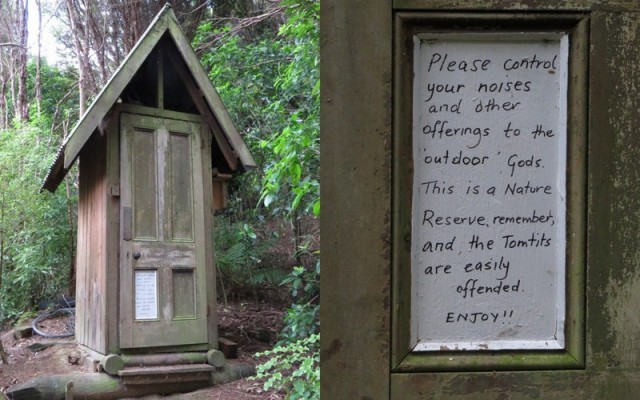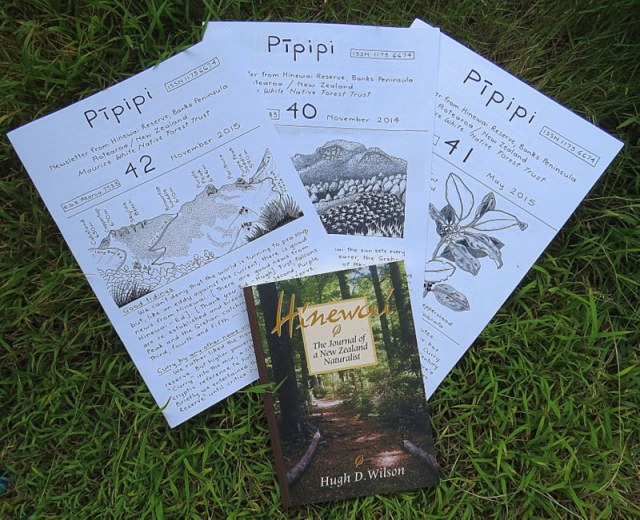One of our favourite wild places since arriving on South Island is a nature reserve called Hinewai, which is tucked away in a tranquil valley right on the end of the beautiful Banks Peninsula. Although really only a short (but steep) hop over the hills from tourist honeypot Akaroa, Hinewai feels like being a world away from anywhere. It is somewhere you can go to forget all about the real world while you wander the many kilometres of footpaths that meander through the varied native forest in perfect peace.
Hinewai is owned by the Maurice White Trust, which bought the land in 1987 (and has since added adjacent areas to it), and is managed by Hugh Wilson. We were lucky enough to get to know Paul and Tricia who also live and work on the reserve and were kind enough to share with us their knowledge and great enthusiasm for Hinewai.
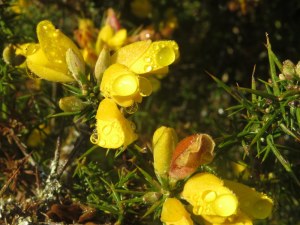 Under Hugh’s hands-off approach, the valley has quickly advanced from gorse-plagued grazing land to fascinating and diverse native bush. The original idea was to leave the much-maligned gorse alone so that, as long as the pesky grazing mammals were removed, it would provide a sheltered environment in which the native plants could regenerate and spread.
Under Hugh’s hands-off approach, the valley has quickly advanced from gorse-plagued grazing land to fascinating and diverse native bush. The original idea was to leave the much-maligned gorse alone so that, as long as the pesky grazing mammals were removed, it would provide a sheltered environment in which the native plants could regenerate and spread.
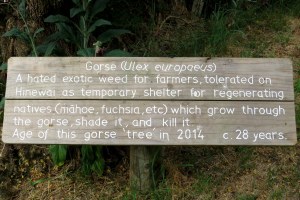 In time, natural succession would see the native forests outgrow and ultimately replace the gorse. And that is exactly what is happening.
In time, natural succession would see the native forests outgrow and ultimately replace the gorse. And that is exactly what is happening.
Gorse is also useful for a few other things on Hinewai:
You need a bit of time to explore Hinewai properly as it’s bigger than you might initially think, encompassing about 1000 hectares from the 800m high peaks to the valley floor. The reserve doesn’t quite reach the coast, but there is a short walking track across private property to reach the beach at Otanerito Bay.
The range in altitude allows for a diverse array of vegetation types, from tussock grasslands on the exposed ridges, to beech forest, podocarps, mixed broadleaf forest and regenerating gorse or kanuka scrubland.
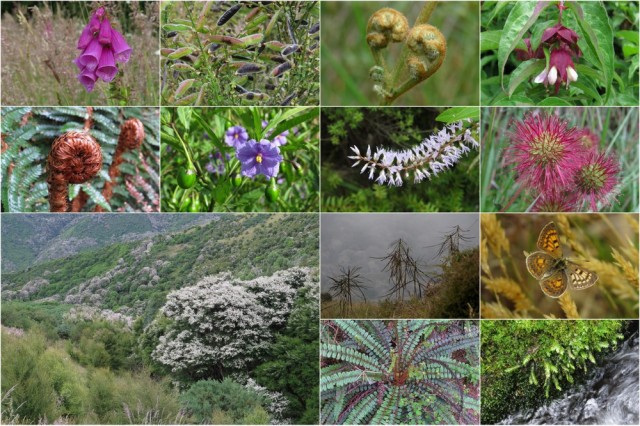
A selection of the plant diversity at Hinewai, including some that are non-native and/or weedy but nonetheless have their own beauty
The reserve has a visitor centre and numerous public walking trails, along which you’ll see lots of signage that is informative, entertaining and beautifully handmade in the manager’s idiosyncratic style. This is definitely a nature reserve with more personality than most!
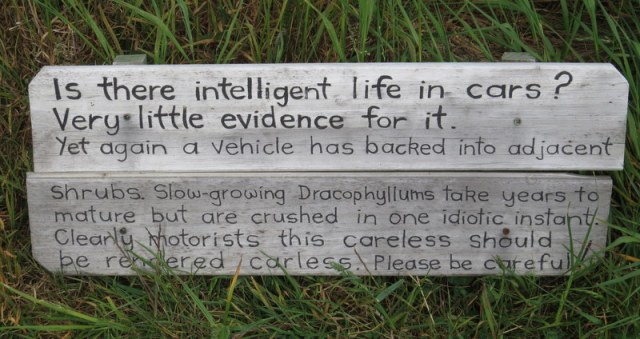
Hugh doesn’t hide his disdain for the motor car, travelling everywhere by bicycle. He refers to Christchurch as ‘the car-infested swamp’.
The reserve abounds with birdlife (introduced as well as the native species).
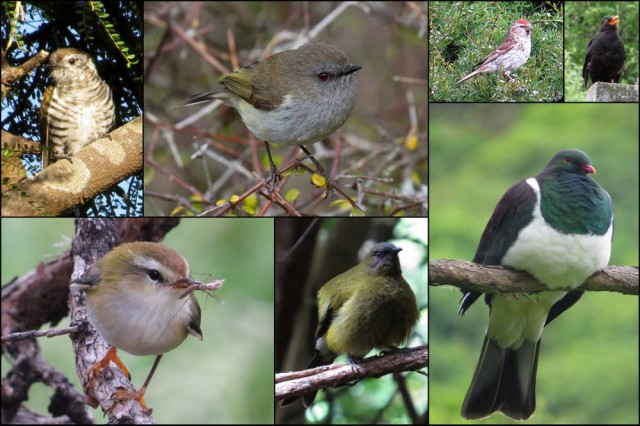
A few of Hinewai’s residents: (top row from left) Shining Cuckoo, Grey Warbler, Redpoll, Blackbird; (bottom row) Rifleman, Bellbird, Kereru.
Particularly noteworthy is the number of Brown Creepers, which seem more common here than anywhere else we’ve visited.
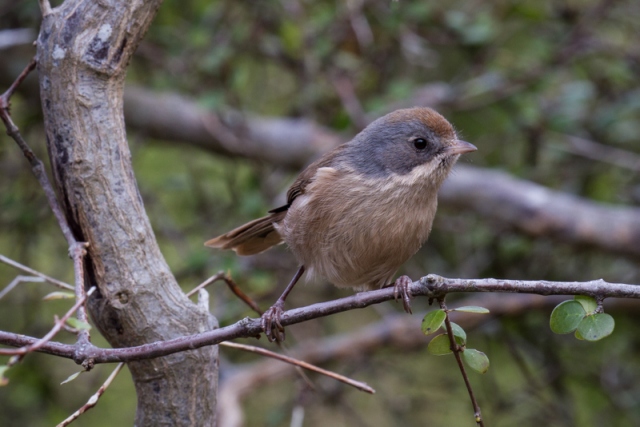
Brown Creepers are such a feature of Hinewai that the reserve’s hand-written newsletter is called Pipipi, which is this species’ s other name.
Tomtit, Bellbird, Grey Warbler, Kereru, Morepork, Swamp Harrier and NZ Fantail are all common, several pairs of Rifleman (Riflemen?) nest here and Shining Bronze-Cuckoos are easily heard in the summer. Tuis were recently reintroduced to the area and are doing well, while New Zealand Falcons have naturally recolonised the area (although we failed to see them on our visits).
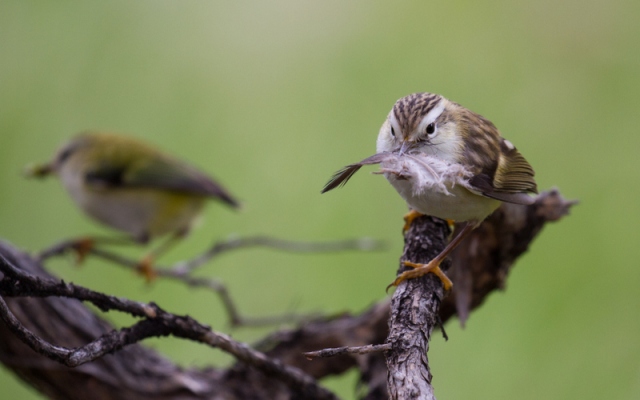
Watching this pair of Riflemen visiting their nest was a real treat on our last visit to Hinewai.
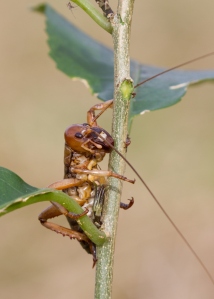 Another special animal that we were lucky enough to see is the Akaroa Tree Weta, Hemideina ricta. This spectacular insect is endemic to just the eastern end of the Banks Peninsula, including Hinewai where it is common. They hide during the day, but all the chewed leaves give away their presence.
Another special animal that we were lucky enough to see is the Akaroa Tree Weta, Hemideina ricta. This spectacular insect is endemic to just the eastern end of the Banks Peninsula, including Hinewai where it is common. They hide during the day, but all the chewed leaves give away their presence.
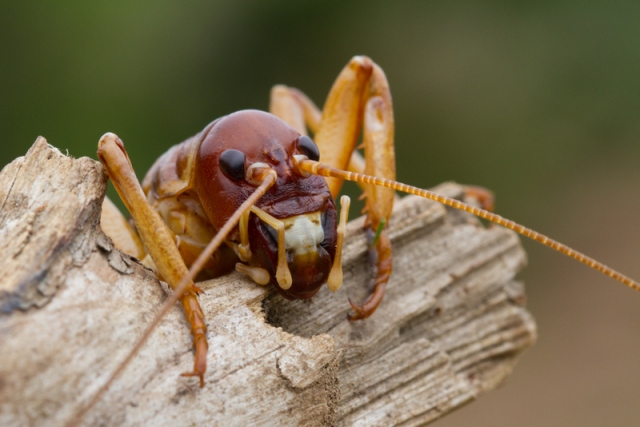
Akaroa Tree Weta: a face that only its mother could love?
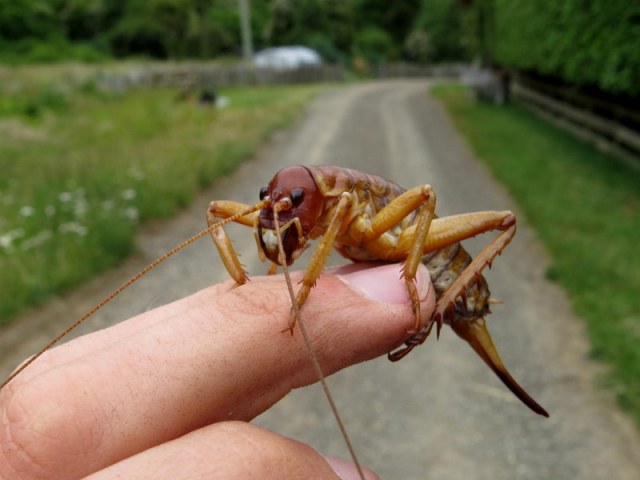
This is a female with the abdomen ending in a fierce spike – but it’s not a weapon, it’s her ovipositor.
With more time to explore, this would be a fascinating place for an entomologist – who knows if there are other as yet unknown invertebrate species inhabiting this secluded valley.
The excellent work at Hinewai is largely funded through donations. Supporters can receive Pipipi, the twice-yearly newsletter stuffed full of Hinewai happenings humourously handwritten by Hugh, with charming illustrations to boot. Hugh’s book Hinewai: The Journal of a New Zealand Naturalist collates ten years of the newsletter to tell the story of Hinewai so far, a must-read for any keen conservationist.
We thoroughly enjoyed visiting Hinewai: it is a special place cared for special people, and offers much to teach us all. Highly recommended!

